Growing up (and even to this day), a phrase I’d hear from my mom and other loved ones is “kaka kompyuter mo yan”.
It’s something I think most gamers young and old could relate to. If you haven’t, your family is probably full of gamers or you have a semblance of self-control. This is THE go-to phrase for most mishaps like having headaches, not doing well in school or just genuinely being tired, to name a few. At the end of the day, the hours spent on the computer were associated with who you were at the time and who you are even now.
Let’s turn back the clock to 2003.
Ragnarok Online had just been released in the Philippines, and younger me couldn’t quite comprehend it at first. A few months later, the Juno patch dropped, and suddenly, I got it. I started playing casually, spending countless hours at a local internet cafe. I never realized but one of the locals there (we’ll call him kuya James or “Asaness”) had things like a Solar God Helm, Baseball Cap and slotted Sunglasses. When I looked these up in ratemyserver, I was flabbergasted. These weren’t your everyday farming items, these were status symbols at the peak of Ragnarok Online (for our server at least).
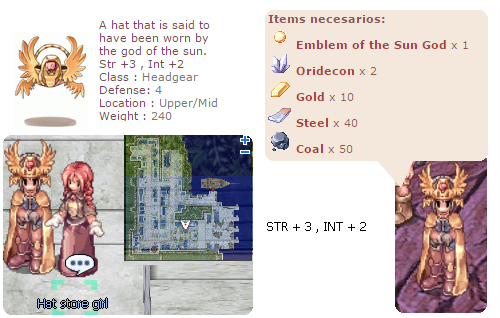
My curiosity about the game grew, and I soon discovered the Ragnarok World Championship, a showcase of the best players, held within Level Up Live. This annual gaming convention, hosted by the now-defunct Level Up!, ran from 2006 to 2013. That’s when it clicked for me—people could go pro playing video games, even turning it into a career. And it wasn’t just MMORPGs like Ragnarok; competitive gaming back then spanned various genres, from sports games like Freestyle to others, proving that the gaming scene was far more diverse than many realized.
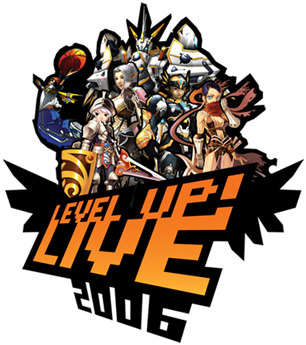
Let me share a little something about myself.
I dabbled in competitive gaming but in the world of card games specifically Magic The Gathering and Yugioh. I’ve been playing for almost a decade now and the thrill of winning with my budget red deck, going up against rhino after rhino, is a feeling I’ve never forgotten. Those days are far gone and the landscape has changed but at its core, it’s a card game where you and your opponent use your resources to go at it. This leads me to another competitive scene I hold dear to my heart, Hearthstone.
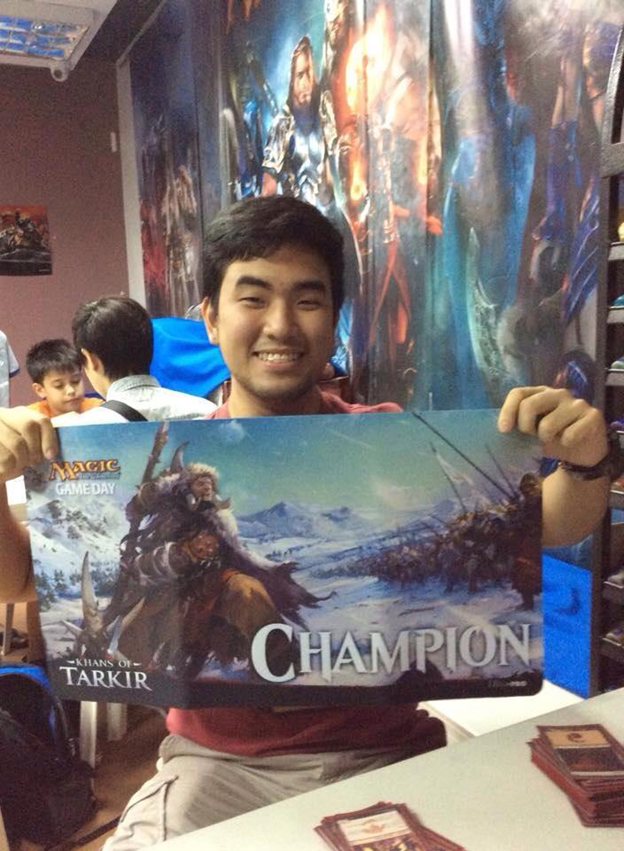
Hearthstone was released around 2014 by Blizzard entertainment back when Blizzard hadn’t been acquired by Activision and they were actually on to something. They released a strategy game using assets from World of Warcraft Card and it took the world by storm. Everyone did their best to reach the top. There was even a local PH scene for a time. Almost everyone in my circle played it and we had a lot of fun.
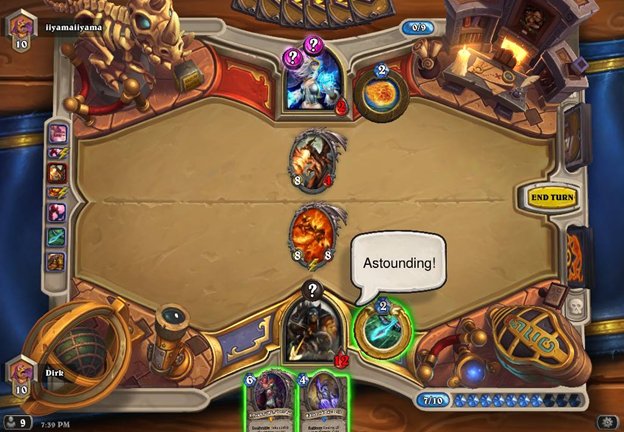
Competitive Hearthstone back in the day was just something else. It had a local scene, an international scene and it definitely hit the mainstream for a time too. Hearthstone wasn’t just another card game – it made history. It was recognized at the Asian Games, an event second only to the Olympics, making it the only card game to achieve such international success. Filipino pros like CaraCute, WaningMoon, Staz, and HAVATITE, along with casters like JiaDee, brought the Philippines into the global spotlight.
There’s an elephant in the room, though—MOBAs, or Multiplayer Online Battle Arenas. While I wasn’t as involved in that scene, it’s impossible to ignore its impact. Thankfully I have a friend who was definitely in the thick of it – GG Sphere.
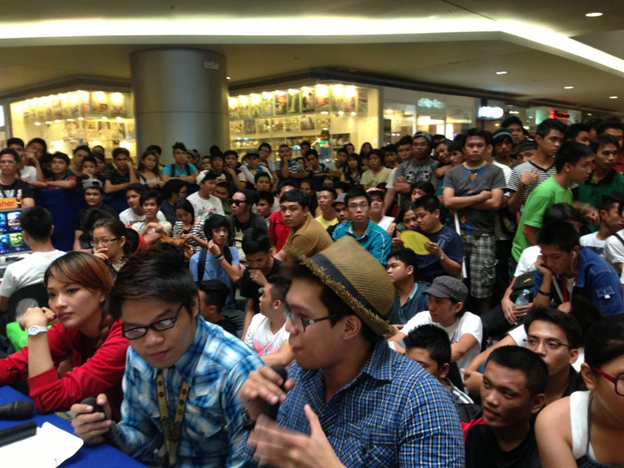
GG Sphere is a local caster here in the Philippines. He was originally an esports executive from Garena and he handled tournaments. Through him, I was able to get a grasp of the magnitude of how the League of Legends scene was back then. GG Sphere shared stories about Rampage, one of the biggest tournaments/conventions in the Philippines, and the Mineski Pro Gaming League (MPGL), where teams of 5 or more competed for glory. The scale of these events was mind-blowing, with hundreds of teams and thousands of participants.
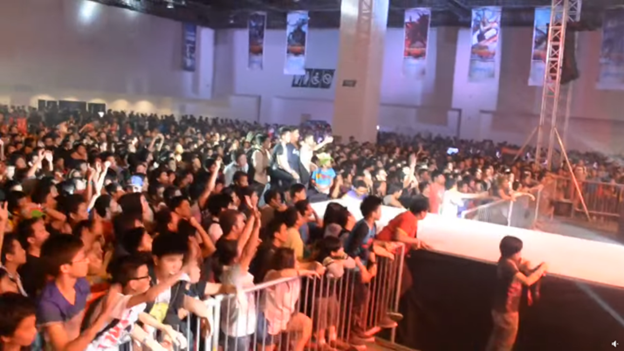
Let’s talk about Rampage, specifically Rampage 2013. The last time SMX was overflowing with guests due to a gaming event was Conquest, and as a congoer, I can tell you the horror stories are true. The crowd at Rampage 2013, both inside and outside, was a testament to how grand and spectacular League of Legends was back then.
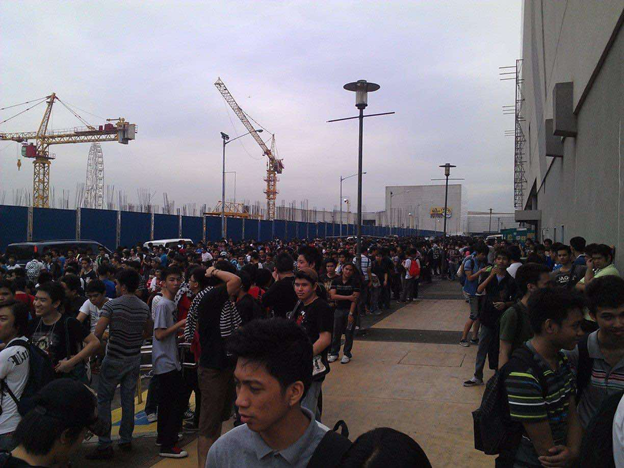
Now let’s talk about the MPGL or Mineski Pro gaming league. GG Sphere had told me, Mineski venues, particularly the Taft Branch, were visited by around 400 to 500 teams – all to join a tournament. This isn’t just 1 or 2 members per team by the way. Each team had 5 or more members and they’d bring others with them too! Imagine how fun it was! Participation rewards and prizes ranged from ballers to cash, and at the end of the day the search for glory was what prevailed. Gaming really is the Filipino pastime, and while it may be different now, the journey remains special.
I’m happy knowing that gaming is hitting the mainstream.
Did you know the UAAP recently added esports to its catalog, with Valorant and Mobile Legends at the forefront?
Imagine telling your mom, “kakakompyuter mo yan nakakascholarship ka,” and actually meaning it. Scholarships for gaming—who would have thought?
I’m getting up there in age and I’m sure most of you that read this far probably are too. As a gamer you’re probably not as accurate or perceptive as you once were in your prime. There’s nothing wrong with that. Everyone gets old.
I asked GG Sphere for advice on getting back into competitive gaming, or for friends who are interested, and we both agreed that Honor of Kings is a great game to start with. It’s new, fun, and accessible, even if you don’t hit it big. Plus, it’s free on mobile, with a growing esports scene in the Philippines.
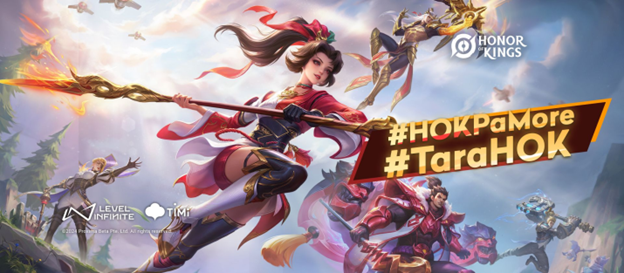
Gaming will always be dear to my heart, whether it’s competitive or not. I’m just glad to be a part of it – be it a viewer, a caster, an enthusiast, and maybe even just a player. Here’s to many more years of competitive gaming to come.

